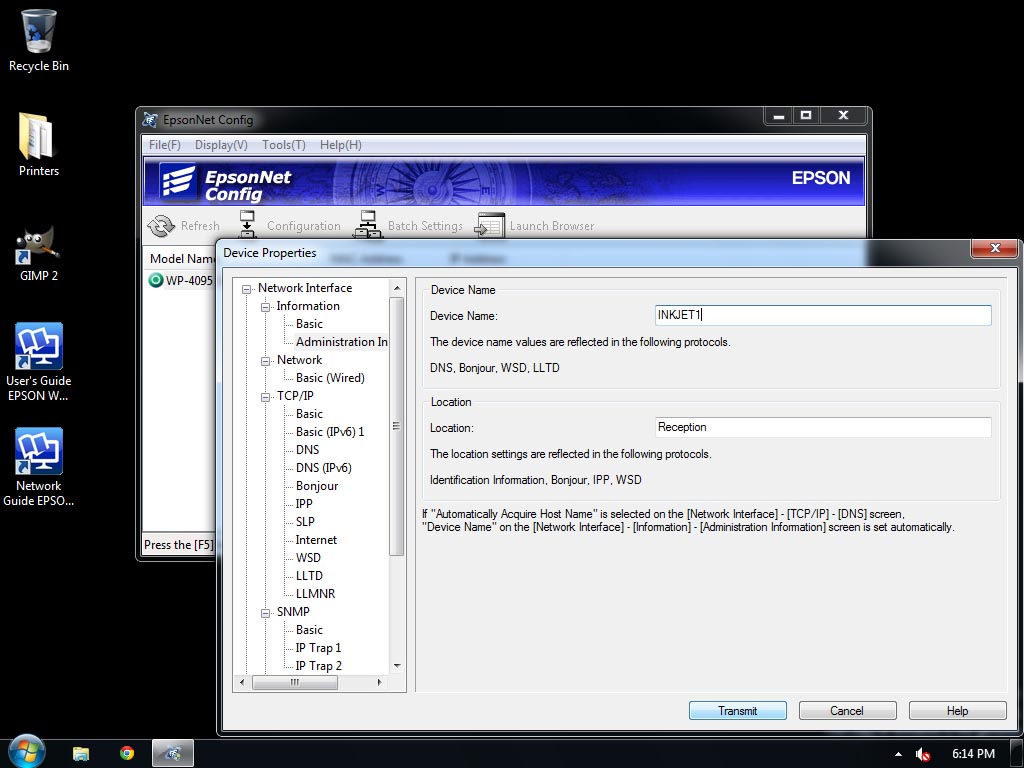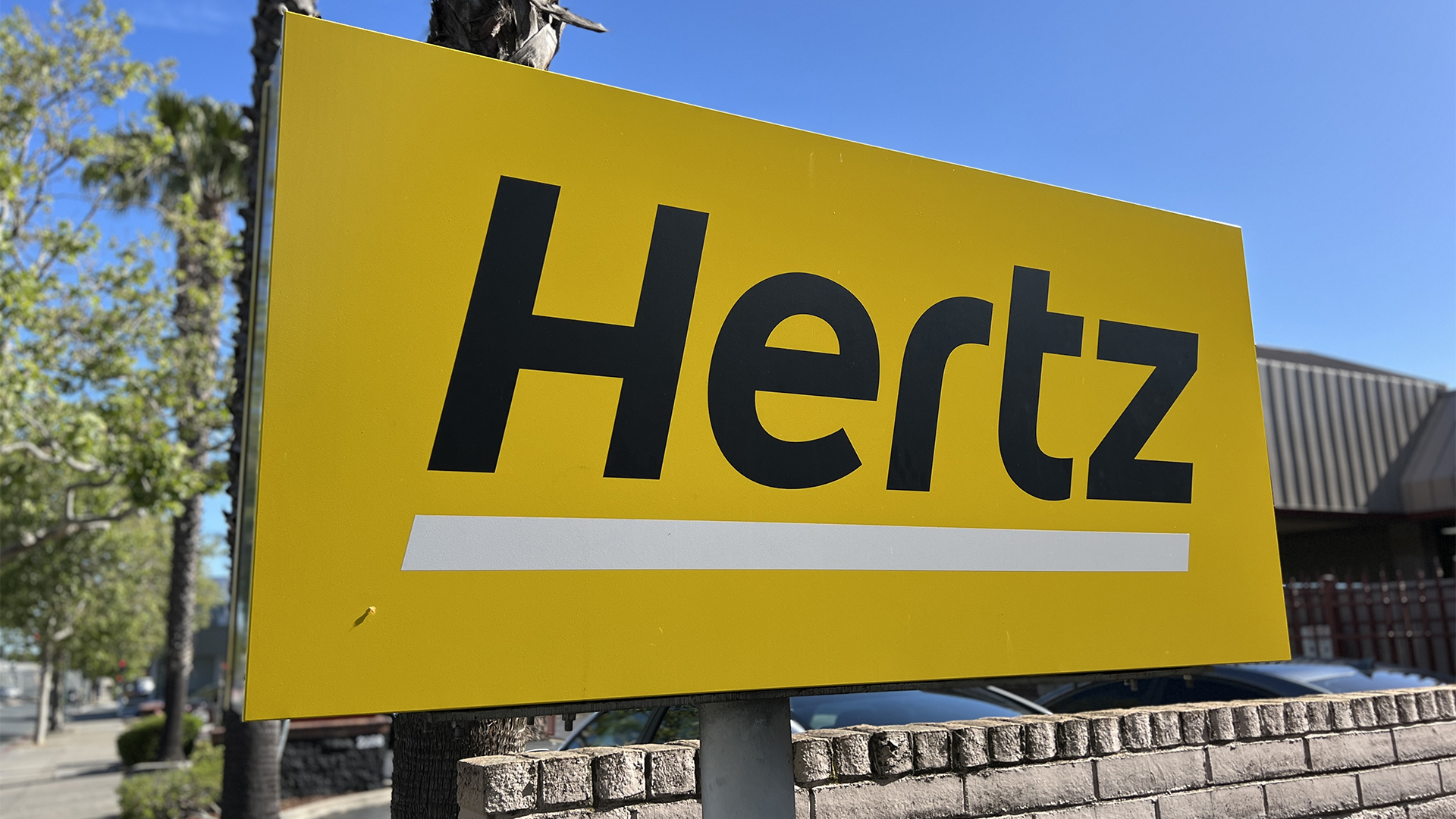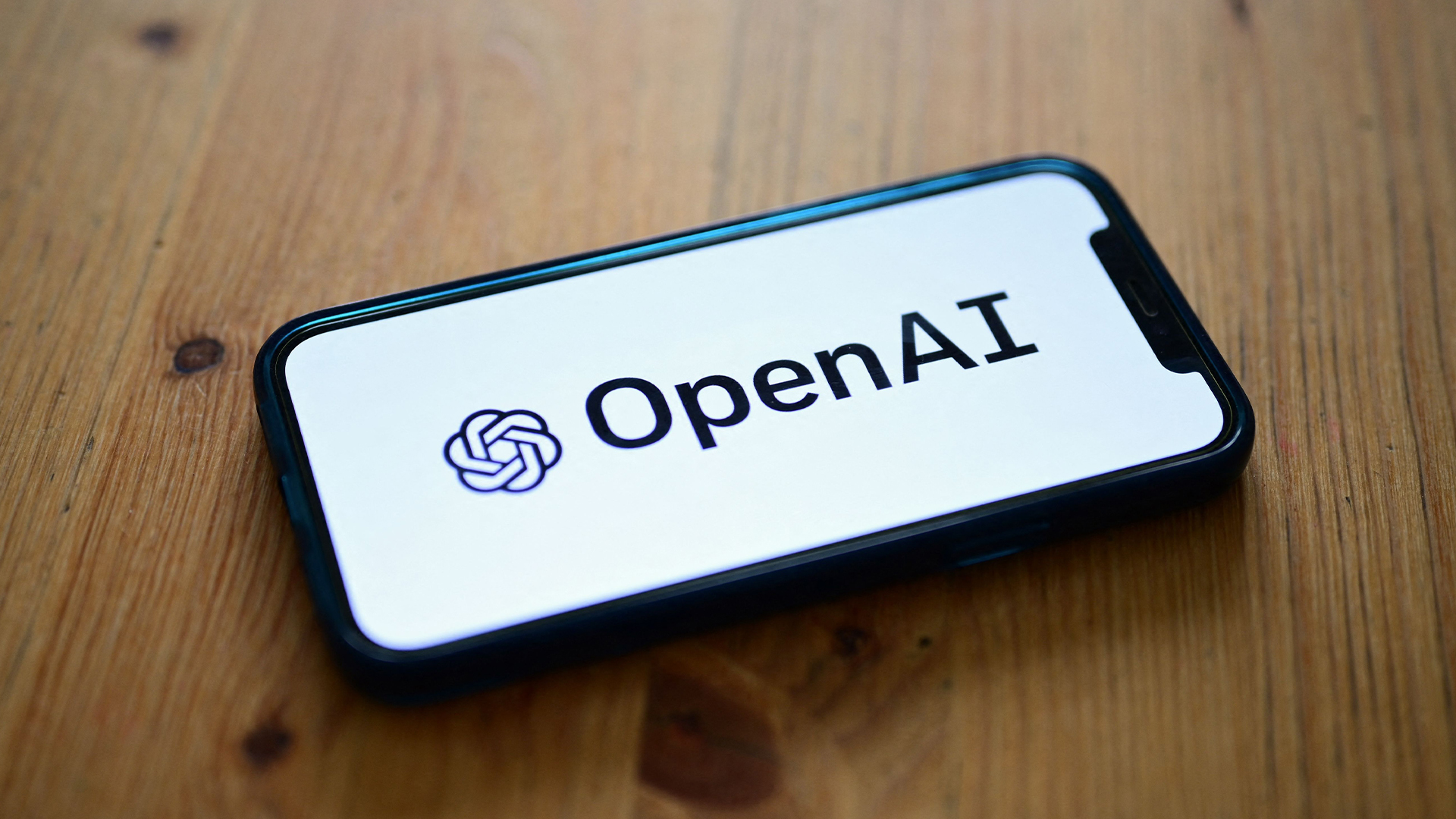Epson WorkForce Pro WP-4095DN review
The latest addition to the WorkForce Pro inkjet range is able to print 13 business quality pages per minute. Simon Handby investigates whether the printer is worth double the price of the HP OfficeJet Pro 8000 Enterprise.
This sturdy, simple printer feels like it would give years of service, producing high quality prints with the minimum of fuss. Unfortunately, it's more expensive than HP's similar OfficeJet Pro 8000 Enterprise, which is a better choice where print language emulations are essential. Where host-based printing is fine, Epson's own WorkForce Pro WP-4015DN does the same job for less.

Setup
Setup is simple, as you only have to remove some blue tape and slot in the four ink tanks. These are keyed to prevent users inserting the yellow tank in the cyan hole.
Epson's install program is also foolproof. The software package includes EpsonNet Config for network management, but there's no utility for scripting an installation, which can be a timesaver in larger rollouts.

The bundled software allows remote discovery and configuration of printers
The printer has no control panel, so the button dedicated to printing a network configuration page is a useful touch. Less useful is a web admin interface, which only displays information; network names, locations and settings can only be changed through the configuration app.
Overall
With a robust design, simple maintenance and good quality prints, the WP-4095DN is a alternative to a cheap colour laser, particularly where high-speed colour printing isn't essential. Running costs are significantly lower than equivalent lasers. A mono page cost around 0.8p and colour pages coming in at 2.5p (excluding VAT and paper).
At just 22 watts, the Epson's peak power use is also around a tenth of the amount a small laser printer averages during printing, which should provide additional savings over time.
The Epson's advantages are less clear when compared to rival inkjets, though. It was significantly quicker than the OfficeJet Pro 8000 Enterprise in all of our tests, and it produced slightly better quality prints overall. Its second paper input also makes it more flexible, but in other important regards the two printers are an extremely close match.
This makes the Epson's price premium something of a stumbling block. It's hard to understand why adding printer control languages and some extra RAM makes the WP-4095DN more than twice the price of the WP-4015DN, and even harder to fathom why HP's similar printer is so much cheaper.
Verdict
This sturdy, simple printer feels like it would give years of service, producing high quality prints with the minimum of fuss. Unfortunately, it's more expensive than HP's similar OfficeJet Pro 8000 Enterprise, which is a better choice where print language emulations are essential. Where host-based printing is fine, Epson's own WorkForce Pro WP-4015DN does the same job for less.
Print capability: 4,800 x 1,200dpi, pigment-based colour ink, ESC/P-Raster , PCL6, PCL5c and PostScript 3 emulation Speed: 26ppm mono/24ppm colour Maximum duty: 30,000 sheets/month Paper handling: Input 250-sheet cassette plus 80-sheet tray, output 150-sheet tray Interfaces & protocols: USB, 10/100 Mbit Ethernet, TCP/IP: LPR, IPP, Port9100 and WSD print protocols, TCP/IP: TCP/IPv4, TCP/IPv6, SNMP v1, HTTP, DHCP, BOOTP, AutoIP, DNS, Bonjour (mDNS), SNTP, SSDP, WSD, LLTD, LLMNR, SLP and ENPC network protocols Supported operating systems: Windows Server 2003/2008, Windows XP/Vista/7 (32 or 64 bit), OS X 10.4.11 or later Power consumption: Sleep 1W, Standby 6W, Active 22W Size: 460x420x284mm Weight: 10.9kg Test results TTFP: 9s Draft speed: 14.3ppm Document speed: 13.5ppm Graphics speed (colour): 5.7ppm Duplex speed: 1m 38s (10 sides/5 pages) Duplex speed (colour): 3m 07 (10 sides/5 pages) 6x4" photo speed: 59s Cost per page: 3.3p
Get the ITPro daily newsletter
Sign up today and you will receive a free copy of our Future Focus 2025 report - the leading guidance on AI, cybersecurity and other IT challenges as per 700+ senior executives
After a brief career in corporate IT, Simon Handby combined his love of technology and writing when he made the move to Computer Shopper magazine. As a technology reviewer he's since tested everything from routers and switches, to smart air fryers and doorbells, and covered technology such as EVs, TVs, solar power and the singularity.
During more than 15 years as Shopper's long-time printer reviewer, Simon tried, tested and wrote up literally hundreds of home, small office and workgroup printers. He continues reviewing smart products and printers for a variety of publications, and has been an IT Pro contributor since 2010. Simon is almost never happier than when surrounded by printers and paper, applying his stopwatch and a seasoned eye to find the best performing, best value products for business users.
-
 Cleo attack victim list grows as Hertz confirms customer data stolen – and security experts say it won't be the last
Cleo attack victim list grows as Hertz confirms customer data stolen – and security experts say it won't be the lastNews Hertz has confirmed it suffered a data breach as a result of the Cleo zero-day vulnerability in late 2024, with the car rental giant warning that customer data was stolen.
By Ross Kelly Published
-
 Women show more team spirit when it comes to cybersecurity, yet they're still missing out on opportunities
Women show more team spirit when it comes to cybersecurity, yet they're still missing out on opportunitiesNews While they're more likely to believe that responsibility should be shared, women are less likely to get the necessary training
By Emma Woollacott Published
-
 OpenAI wants developers using its new GPT-4.1 models – but how do they compare to Claude and Gemini on coding tasks?
OpenAI wants developers using its new GPT-4.1 models – but how do they compare to Claude and Gemini on coding tasks?News OpenAI says its GPT-4.1 model family offers sizable improvements for coding, but tests show competitors still outperform it in key areas.
By Ross Kelly Published